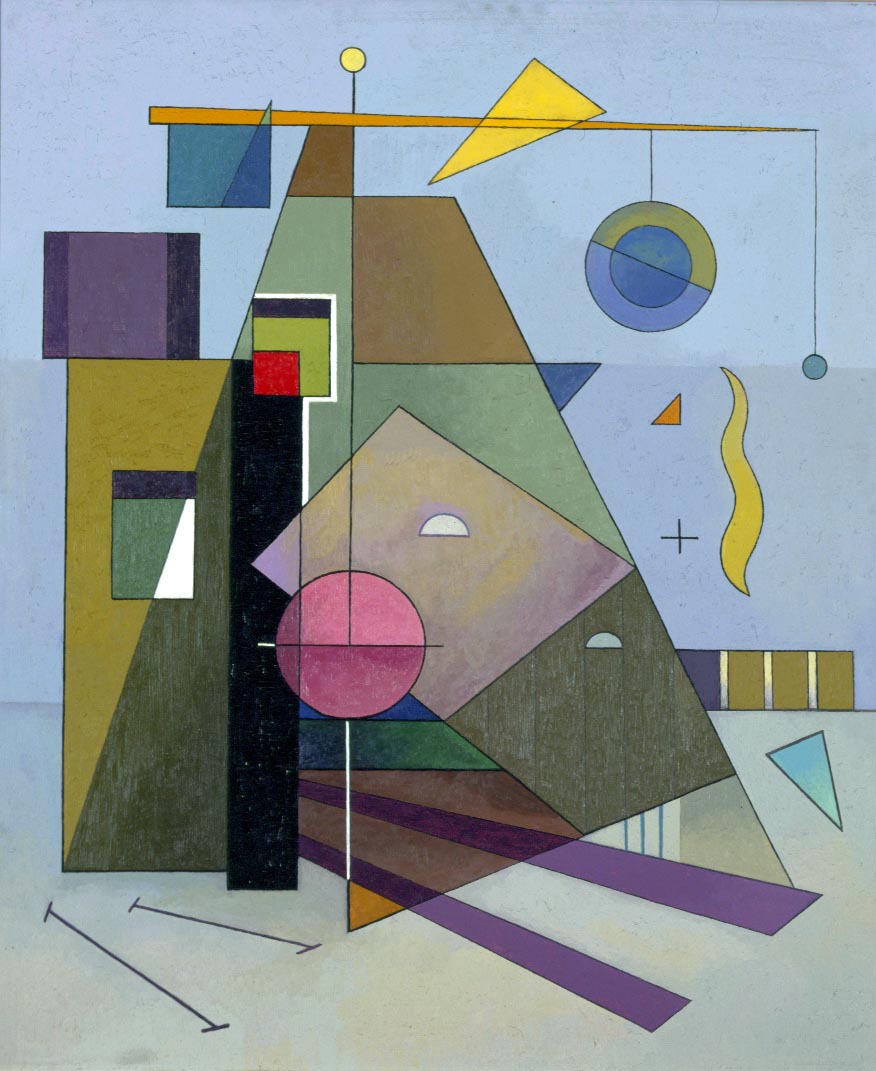Exhibition Guide

Reversible Composition
Audio
Looking at improvisation
Read Transcript
Additional Images



Art Object Info
A leading exponent of non-objective art, Charles Walther imbued Reversible Composition with the dynamic motion and geometry associated with the Futurist and Constructivist movements. After studying in Europe, he returned to Baltimore and joined the faculty of the Maryland Institute College of Art, where he taught for more than two decades. In 1920, protesting against the prevailing academic approach to art, Walther became a founder of the Society of Baltimore Independent Artists, which held non-juried shows. Reversible Composition was conceived so that any of its four sides could serve as the top of the painting—an approach that is far from academic.
Reversible Composition
A leading exponent of non-objective art, Charles Walther imbued Reversible Composition with the dynamic motion and geometry associated with the Futurist and Constructivist movements. After studying in Europe, he returned to Baltimore and joined the faculty of the Maryland Institute College of Art, where he taught for more than two decades. In 1920, protesting against the prevailing academic approach to art, Walther became a founder of the Society of Baltimore Independent Artists, which held non-juried shows. Reversible Composition was conceived so that any of its four sides could serve as the top of the painting—an approach that is far from academic.